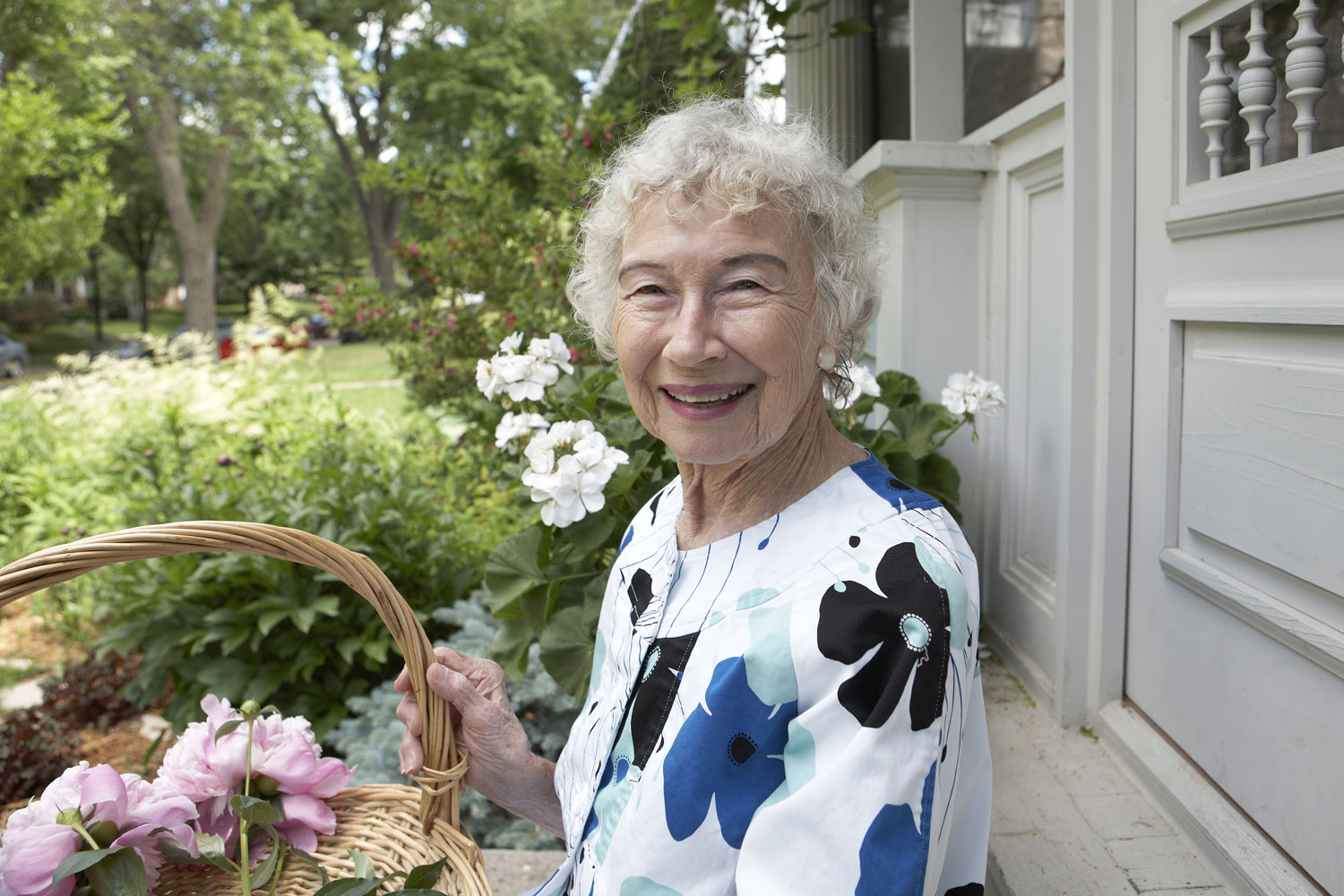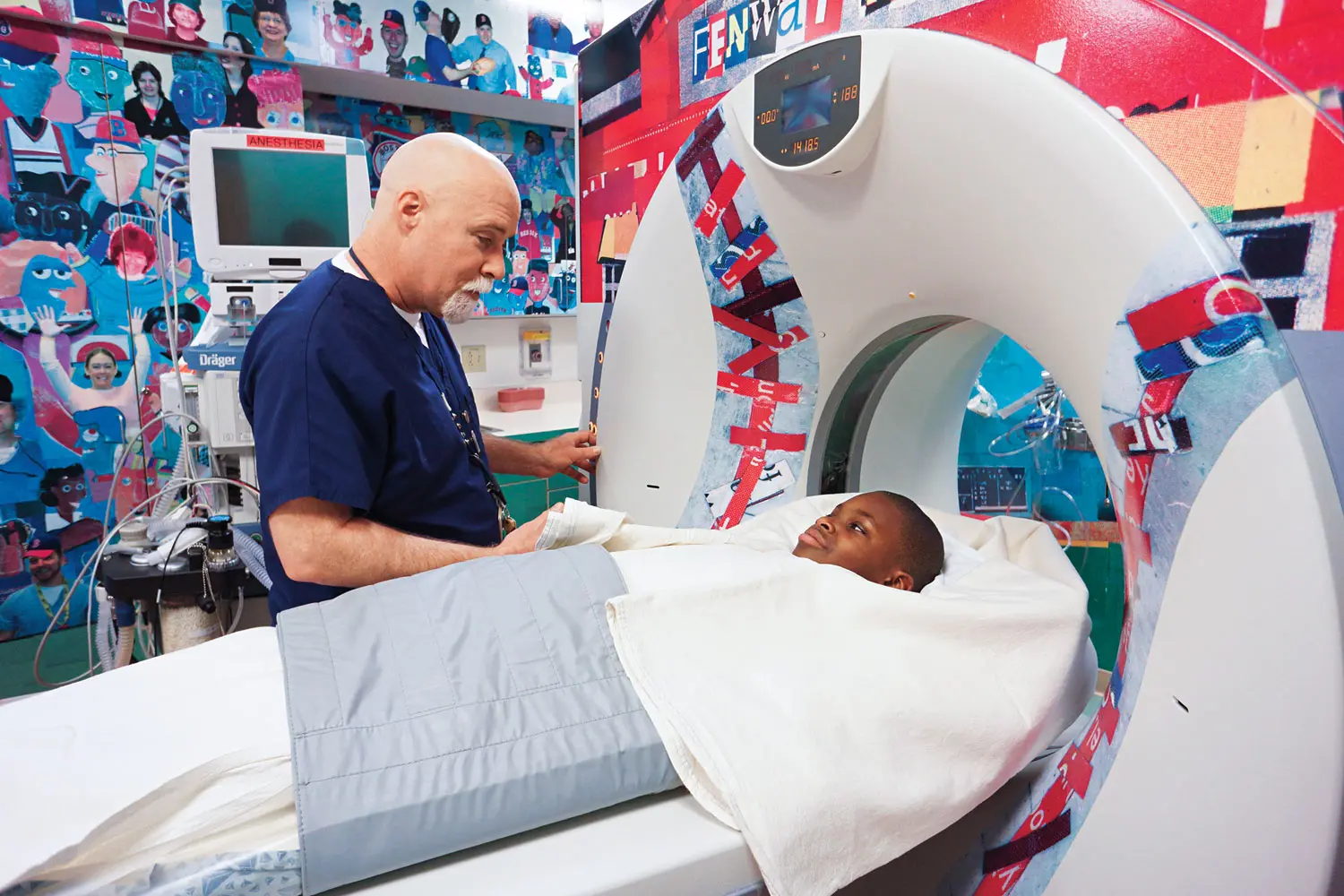
For years researchers have been tantalizing us with news of a mysterious type of fat that can burn through calories and keep blood sugar levels in check. Unlike white fat that tends to sit in deposits where we least want them, this other kind of fat—called brown fat—is scant inside the human body. While newborns tend to have more brown fat, the average adult harbors barely two ounces of the stuff.
As little of it as we have, recent studies have suggested that brown fat can be triggered under the right conditions. And now, in a new paper, scientists report for the first time that it’s possible to turn white fat into brown fat — or at least something that acts like brown fat and burns up more calories.
Researchers had accomplished the feat in animals, but the latest study, published in the journal Cell Metabolism, is the first to describe the phenomenon in people. The research was conducted by Ladros Sidossis from the University of Texas Medical Branch at Galveston and his colleagues.
While previous studies showed that cold temperatures could activate brown fat in healthy people, none demonstrated that the stress of the frigid exposure could transform white fat into brown fat. Speculating that it would take an extreme and continued stress on the body for that to happen, Sidossis decided to study brown fat stores in burn patients; as director of the metabolism unit at Shriners Hospitals for Children, he knew that burn injuries that cover more than 30% of the body caused the body’s stress response to remain high for weeks.
Indeed, when he compared white fat samples taken from the patients soon after their injury to those of healthy controls, he found markedly higher signs of a revved-up energy process in these cells that showed the white fat was acting more like brown fat. Confirming the finding further, when he compared the burn patients’ white fat cells soon after their injury and then a month later, he found signs that the white fat had reverted back to its original state again as the patients began recovering and their stress response waned.
Of course, Sidossis is in no way suggesting that burns are a strategy for enhancing brown fat stores. What’s important is the fact that the study showed it’s possible to make white fat burn more calories, something that could be the start of a new way of addressing obesity and diabetes. “The next step is to find the mechanism of how this is happening,” he says. “Then we can find drugs that mimic this effect to turn white fat into a more metabolically active form to help normalize weight and blood sugar.”
Scientists working with animals are already heading down that path; they’ve identified some 40 agents that might be useful in convincing white fat to work more efficiently. Now that there’s evidence that the process does occur in people — albeit under extreme conditions — studying those substances further to see if they can accomplish the same transformation of white fat, without the stress, seems worthwhile.
MORE: This New Drug Turns ‘Bad’ White Fat Into ‘Good’ Brown Fat
See the 10 Healthiest Cities to Live in America










More Must-Reads from TIME
- Why Trump’s Message Worked on Latino Men
- What Trump’s Win Could Mean for Housing
- The 100 Must-Read Books of 2024
- Sleep Doctors Share the 1 Tip That’s Changed Their Lives
- Column: Let’s Bring Back Romance
- What It’s Like to Have Long COVID As a Kid
- FX’s Say Nothing Is the Must-Watch Political Thriller of 2024
- Merle Bombardieri Is Helping People Make the Baby Decision
Contact us at letters@time.com